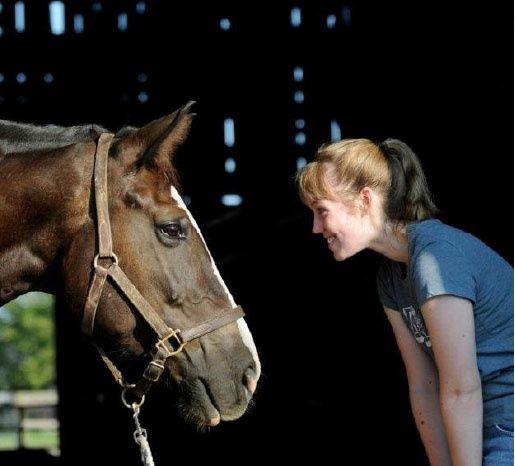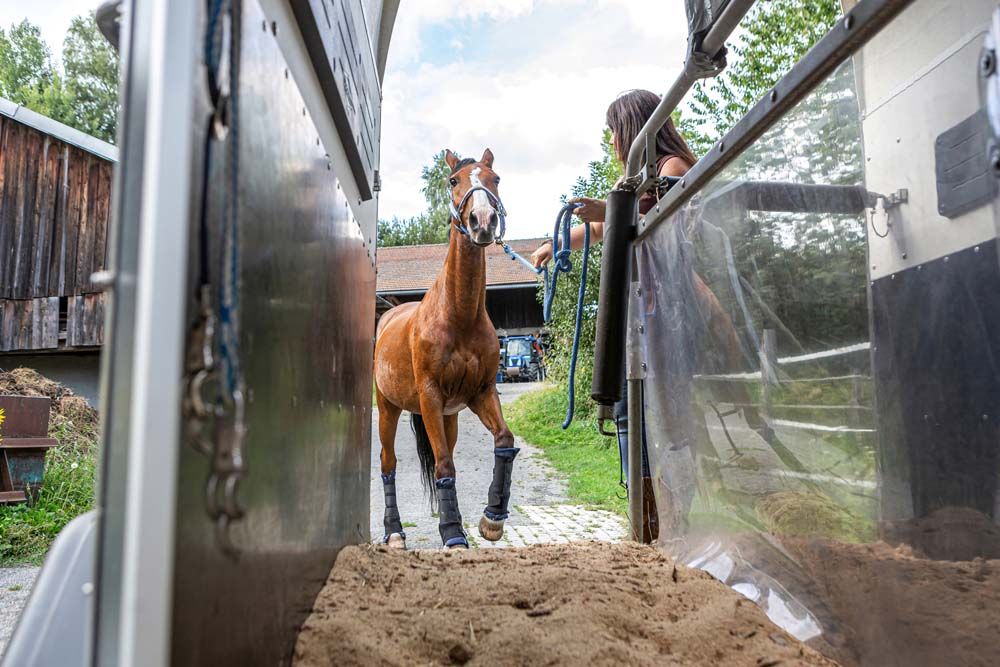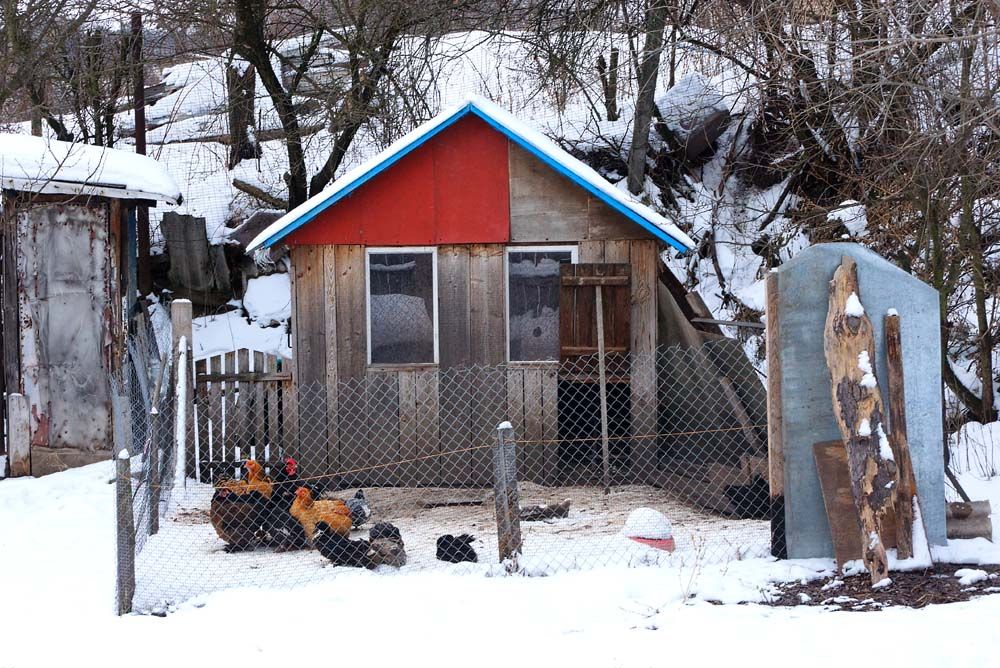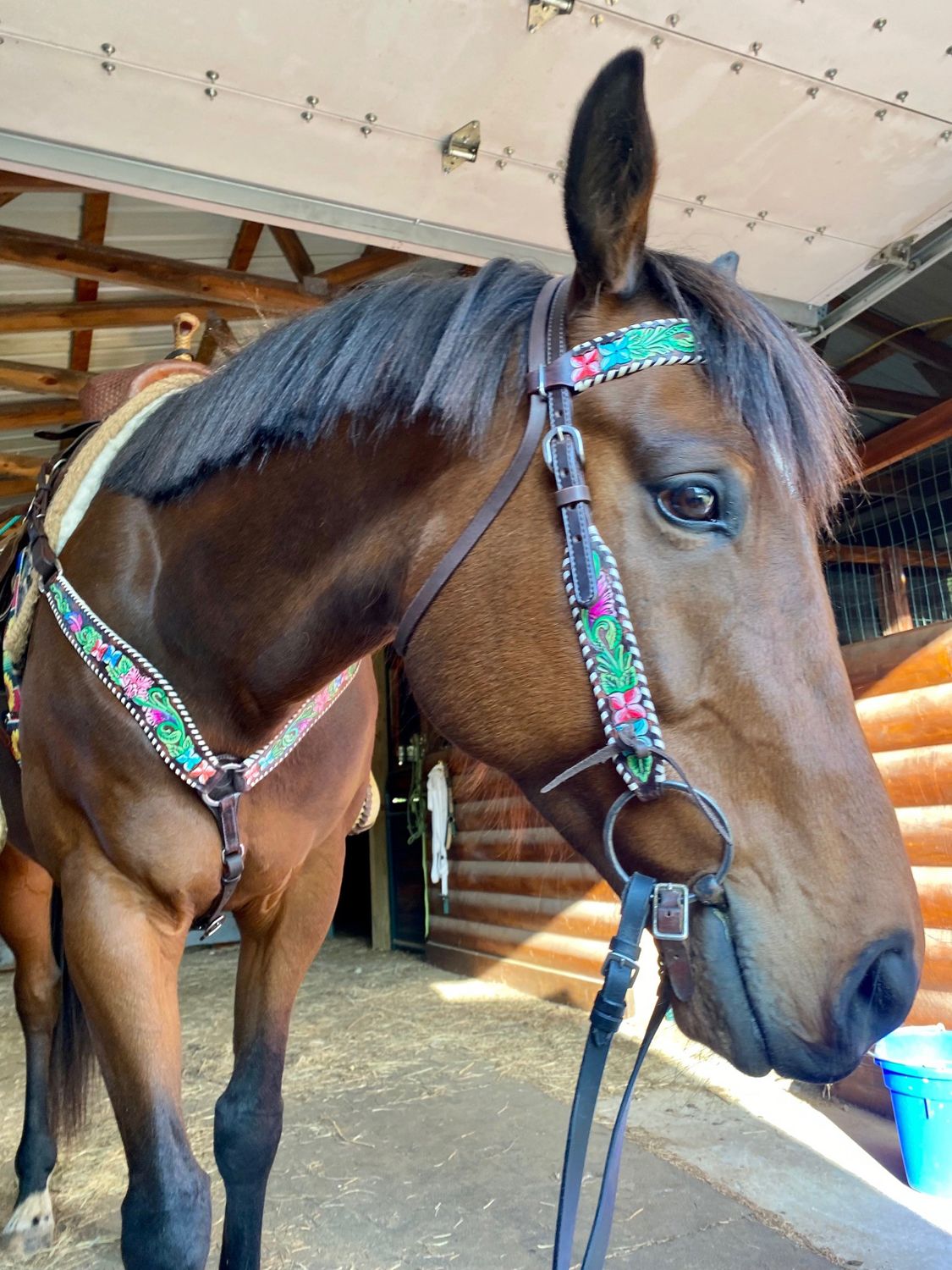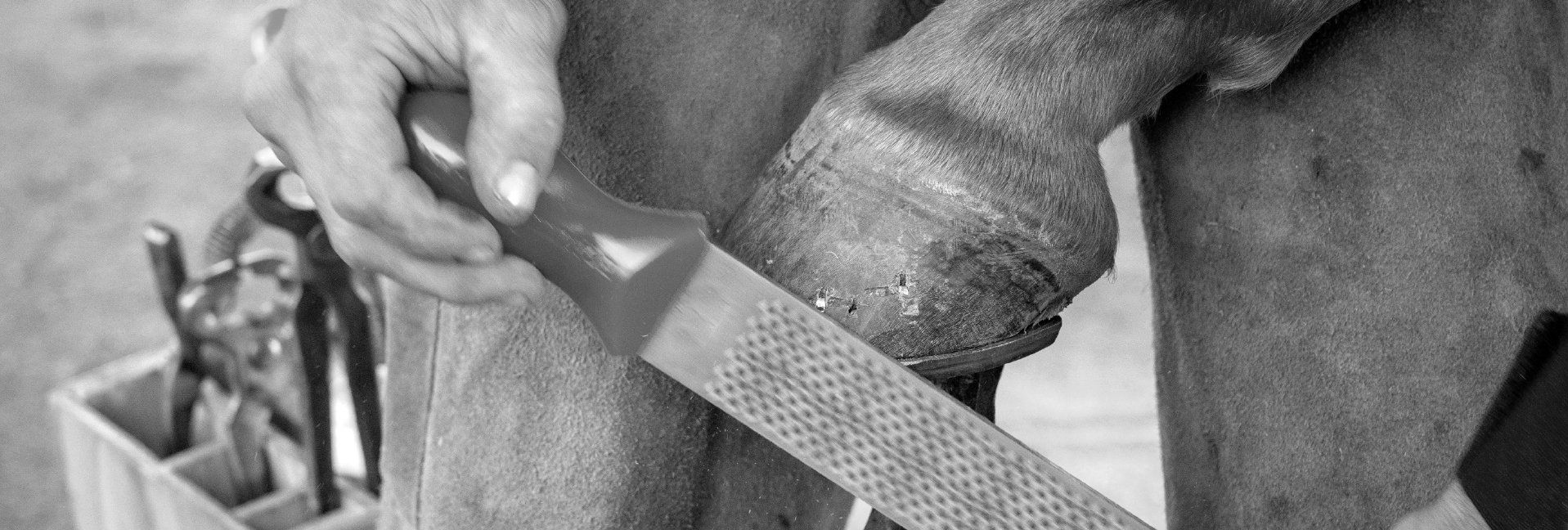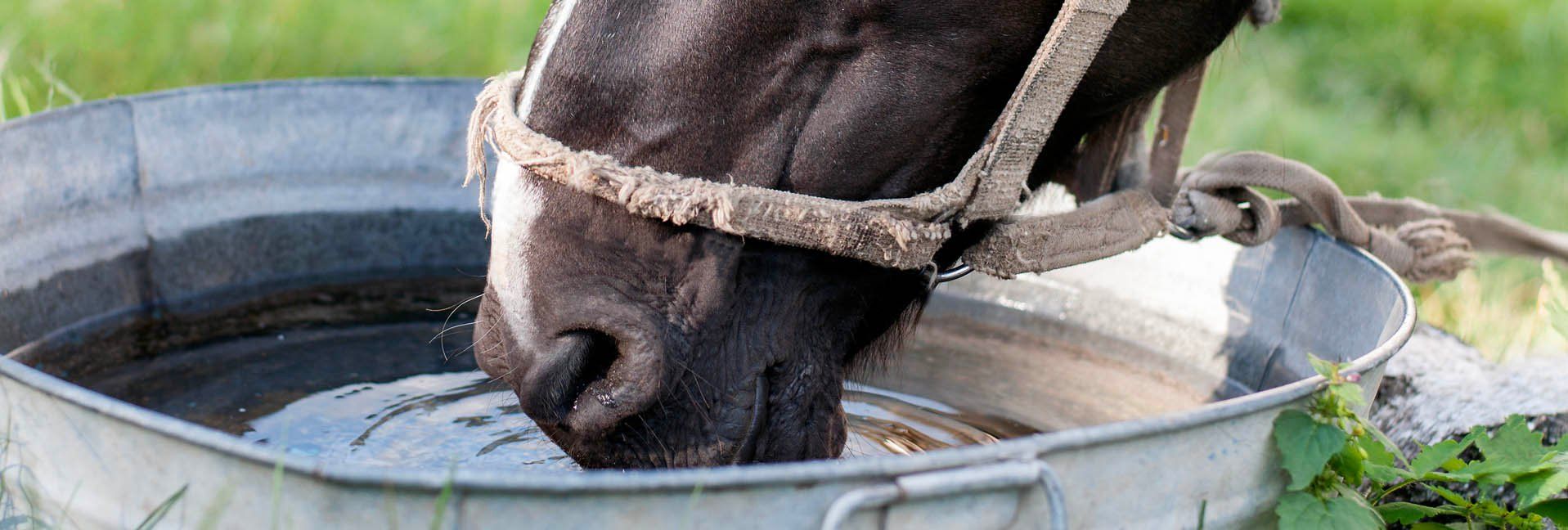Trouble Underfoot? What’s new (and what’s not) in hoof care
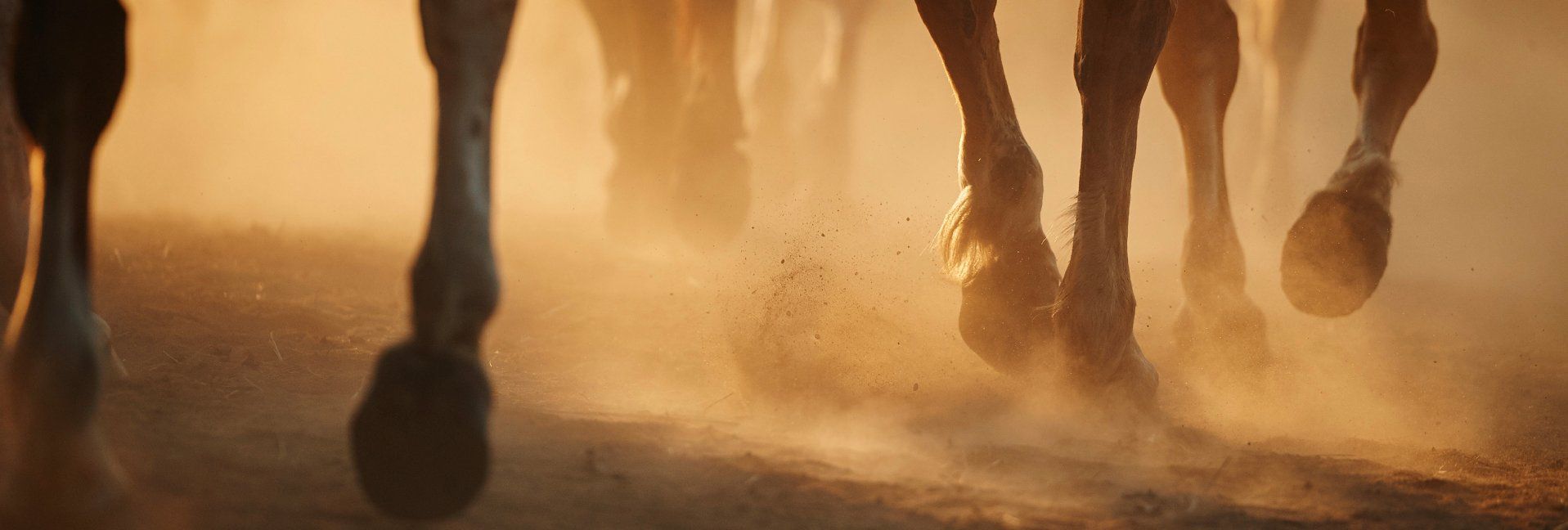

No matter what type of riding you do with your horse, every four to six weeks you’re dealing with the same thing: a call to the farrier. For almost as long as we’ve used horses for transportation, we’ve been looking for better ways to care for their feet. I wondered what’s actually new in the world of hoof care, so I decided to ask an expert.
Fran Jurga is an award-winning writer and editor who launched her own company, Hoofcare Publishing, in 1985. Since then, her popular Hoof Blog has studied innovation, history, and news in the hoof care and horse care realm.
She has written The Jurga Report for a noted horse magazine since 2006 and publishes Hoofcare and Lameness, The Journal of Equine Foot Science. She’s also the author of three books, including Understanding The Equine Foot. Jurga continues to write and consult out of her Massachusetts base, and is best known for her coverage of equine health care and equestrian sport.

Looking back at the last five years or so, what new advances in shoeing/foot care are you most excited about?
FJ: I think Formahoof is the most interesting new technology. I think its cost will drop quickly--it is from Dubai and very expensive at the moment. It’s a moldable shoe—you use a silicon mold and inject a polymer into it that will harden around the horse’s hoof. There are no nails or glue, which is great for horses who have trouble keeping their shoes on.
I also think copper materials like copper nails and copper-coated horse shoes are going to make a big difference in a lot of horses’ lives. Copper has been shown in many studies to be antimicrobial, so copper shoe nails are an option farriers are starting to use if there’s a concern there may be an infection in the hoof. They’re relatively inexpensive also.
I’ve seen shoes that attach with Velcro or shoes that can be made from a 3-D printer. Do you think those types of new materials likely to catch on for your average backyard horse?
FJ: The Velcro shoe (which was really popular on social media) is crowdsourcing funds to get the shoes ready for market, so we won’t be seeing them on our farrier trucks in the immediate future.
The 3-D printing shoes you’ve seen would be for prototypes in the research and development phase. In Australia, they did 3-D print a pair of shoes once, to show that it could indeed be done, but it is far from the market phase.
Not so, however, for 3-D printed surgical implants. They’re certainly here. I don’t know of any used within the foot but that is sure to change. I think the possibilities for fractures in horses is very exciting, but so far it is mostly for small animals, given the weight a horse would put on an implant. And then there’s the use of 3-D printing to make prostheses for amputation cases. It’s exciting but still just out of reach for most of us.
It seems like there are always new products being marketed to horse owners to deal with all kinds of hoof issues; what are you seeing the most of right now, and does it work?
FJ: What I’m seeing is a lot of new hoof boots on the market. These can be great for therapeutic purposes or to help barefoot horses get better traction in slippery conditions without shoes. Lately, it seems like there have been more variations on the basic adjustable hoof boot, but I find a boot either fits a given horse’s shape of foot or it doesn’t. While they’re adjustable, there’s only so much you can do if you end up with a mismatch, and a poorly-fitted boot runs the risk of rubs around the heels.
What are some things that haven’t changed in hoof care that owners need to think about?
FJ: Keeping a horse on a regular schedule is so important, no matter what type of shoes they have—or if they don’t have shoes at all. Depending on where you live, that can be tough. In some places your farrier’s customers may be spread out across a broad area and it may not be so easy to arrange and complete an appointment. And of course, the cost of those appointments adds up. It can become easy to just postpone to the next four weeks, but that takes its toll on your horse’s feet.
Be as consistent as you can—it’s a lot cheaper and more convenient to keep the hoof healthy than it is to try to repair damage.
Tags:Horse Sense

Acreage Life is part of the Catalyst Communications Network publication family.




